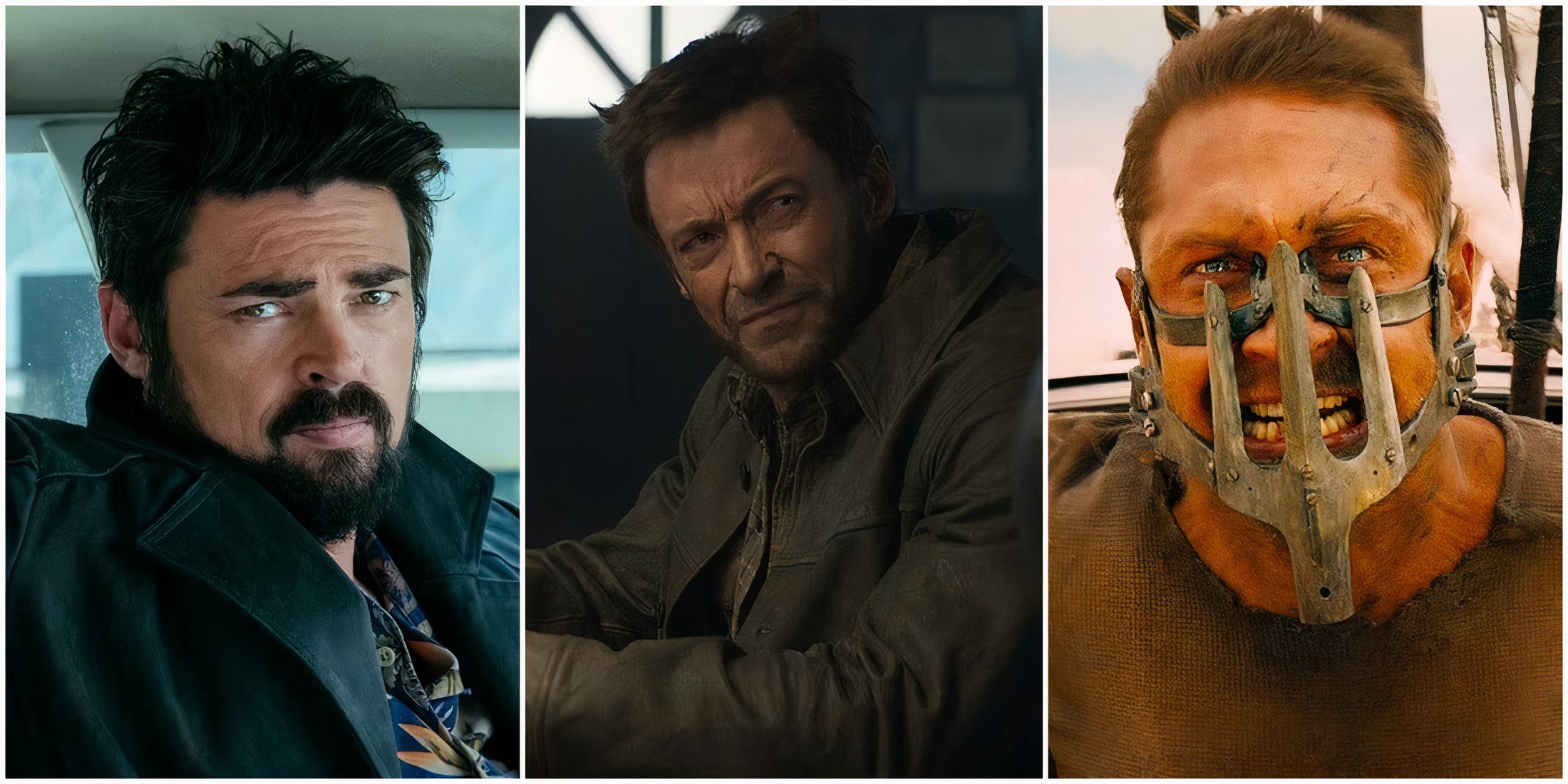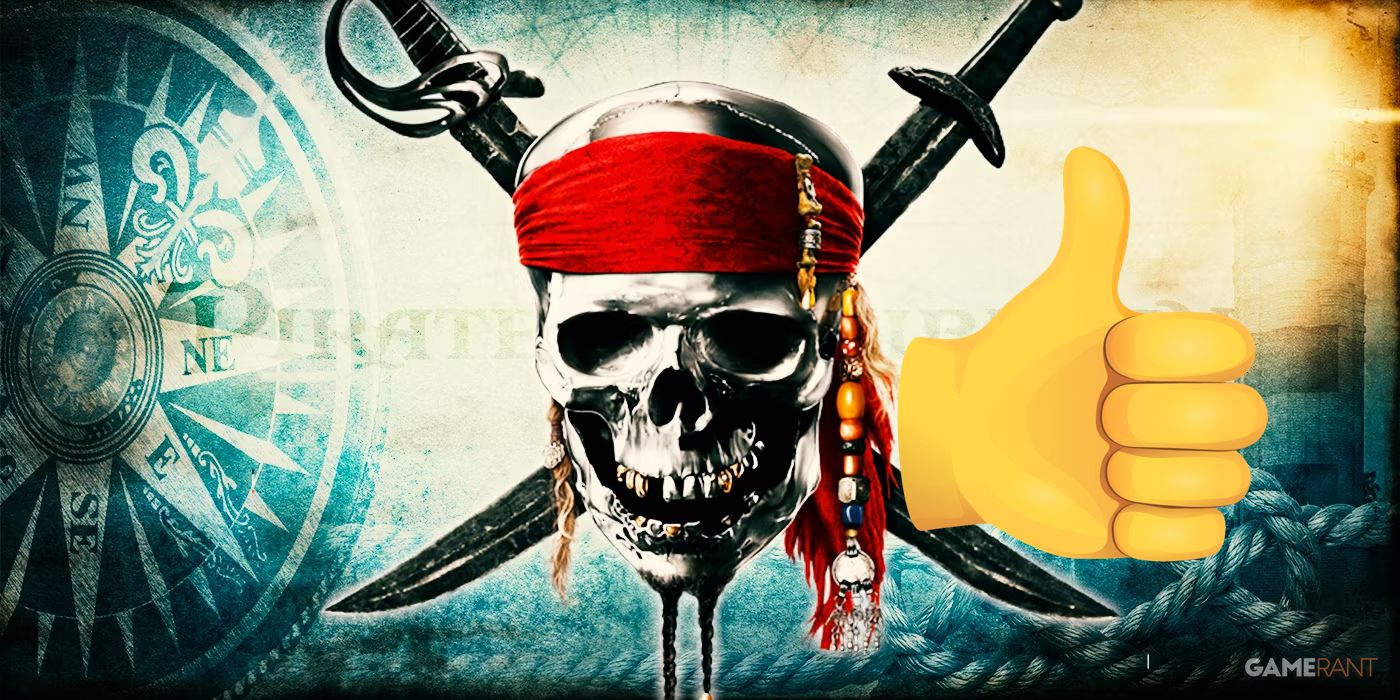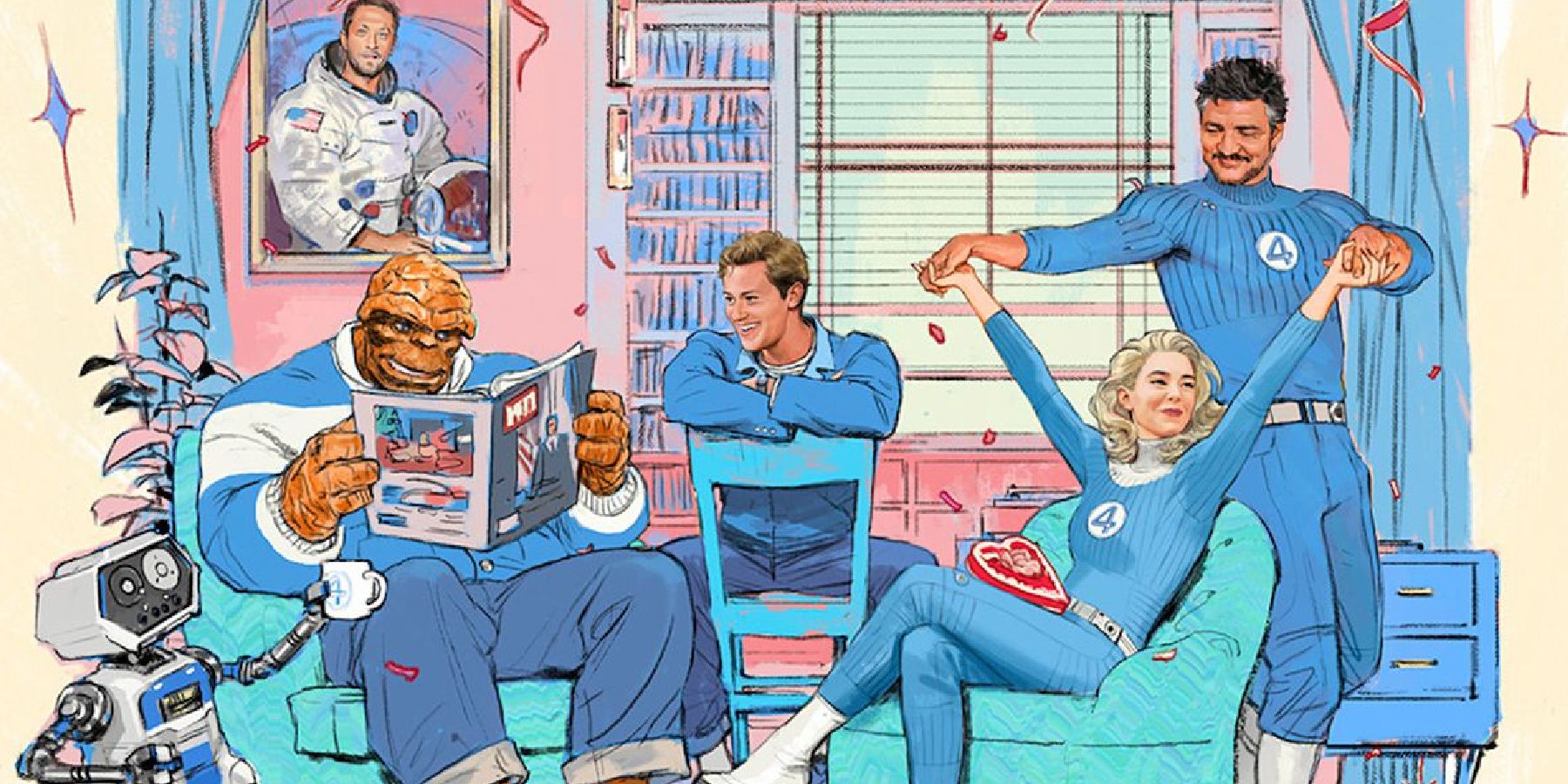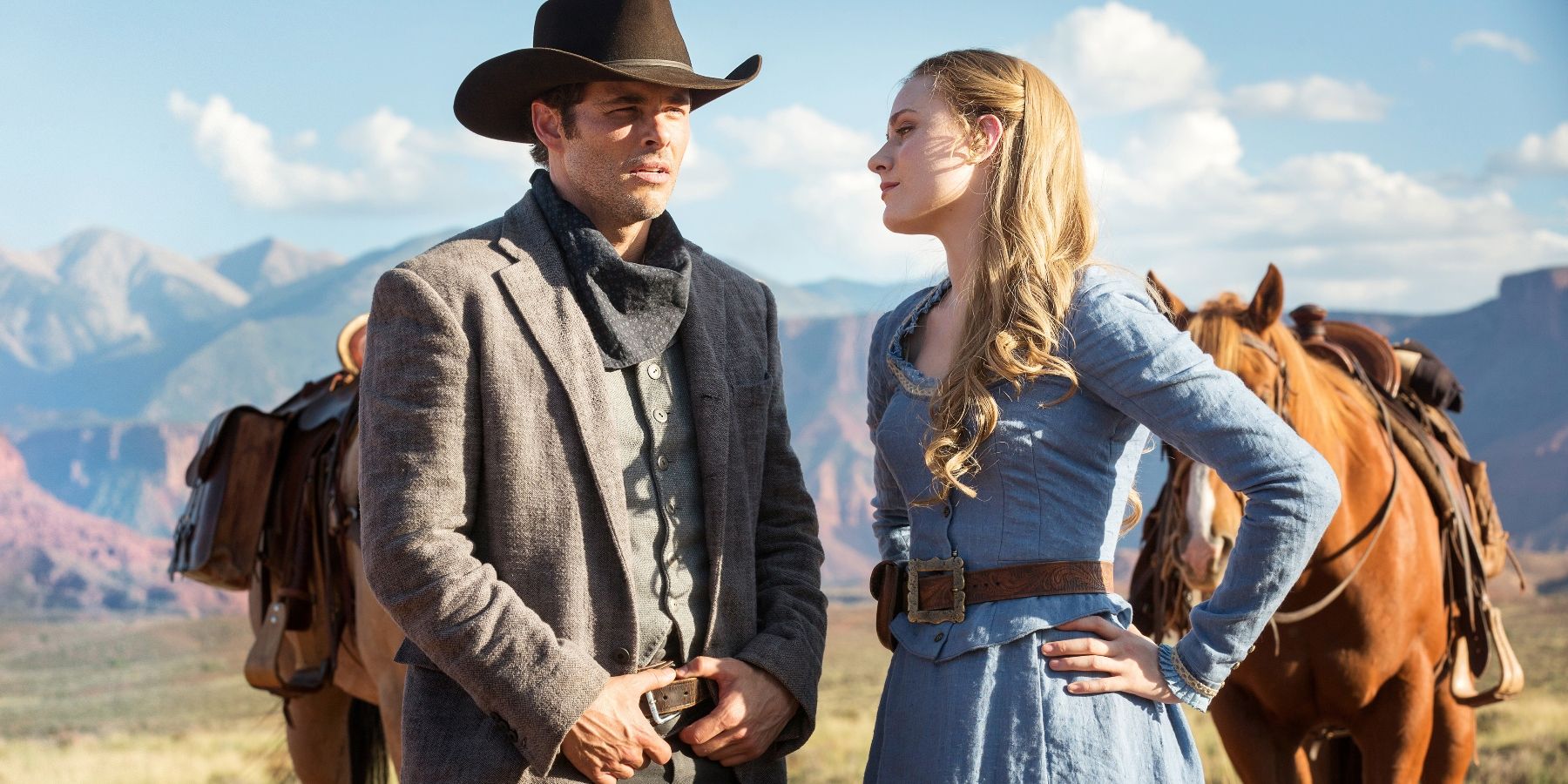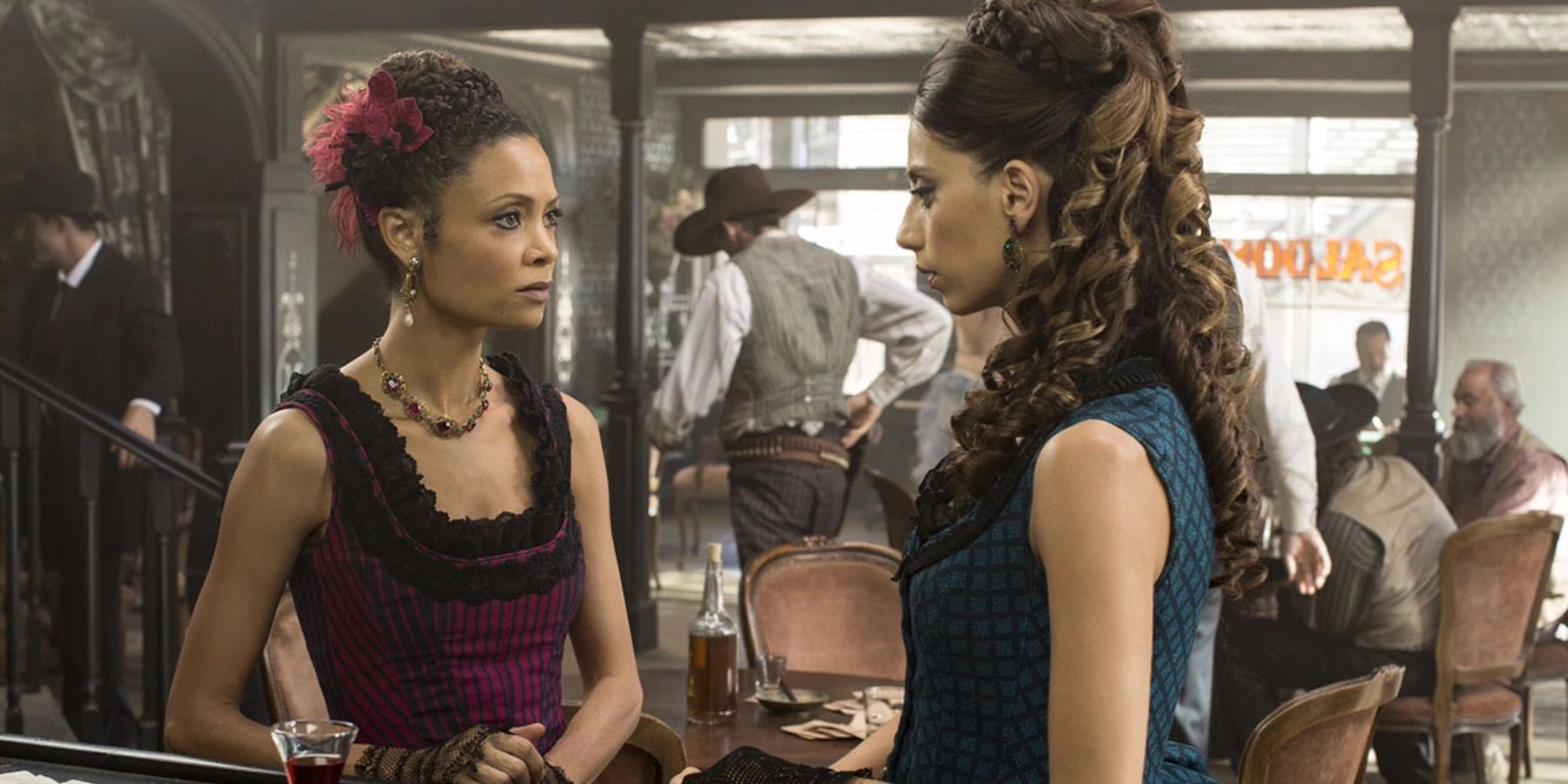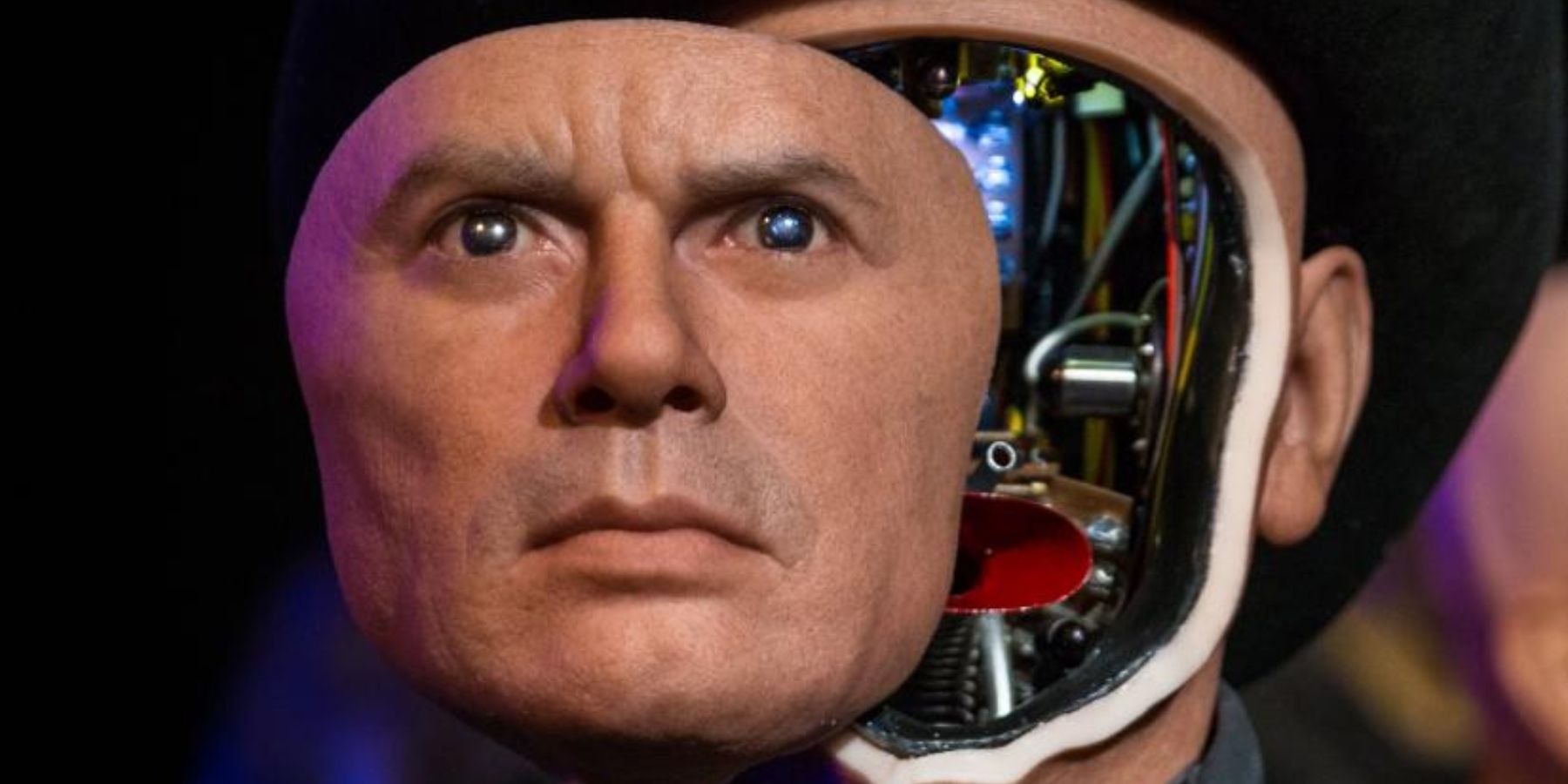For those who don’t know the premise of the show, Westworld is a bit of a shock to the system. It is essentially a Wild West-themed holiday park where human "guests" can pay to stay and live out their deepest, darkest fantasies. The world is populated by "hosts:" androids, or human-like robots, who are so realistic that it is difficult to tell them apart from the humans. However, the fact that they aren’t technically "alive" or sentient allows guests to use and abuse the hosts in whatever way they please, whether it is gaining instant gratification from sex in the brothels, violently shooting and murdering them during a shoot-out, torturing, raping, pillaging. Just name it, and it probably exists in Westworld.
The focus of the show obviously centers around morality, and highlights the terrible things that can happen when humans give in to their base urges. Both the 1973 Michael Crichton film and the more recent HBO series adaptation pose the question of what happens when these robotic hosts become sentient, and start to fight back against the degrading cruelties they have been enduring for years. However, there are several things that the movie and the series did differently.
First, the original film focuses on three worlds within the park: Westworld, Romanworld and Medieval world. The rules of these worlds are fundamentally the same, with guests being able to molest and brutalize hosts however they like. The hosts being unable to harm the guests in return, as they are programmed never to attack the humans. But each world obviously has a different theme, and so the guests can essentially experience three different periods of history in this alien world. Although other parks do exist within the HBO series, the audience is only shown brief glimpses of them, including seeing Samurai’s fight in the demo chamber, and in seeing the past life of one host named Maeve.
This is another way in which the series diverged from the film in a way that was definitely beneficial, in bringing in several storylines. For example, Maeve’s storyline focuses on her flashbacks about a daughter that she once had in a previous version of her programming, and about her discovering her true nature as a robot and trying to break out of Westworld.
There is also a storyline centering around Arnold, a previous maker of the synths in the park. Arnold was obsessed with trying to shut down the park because he believed that the hosts were capable of sentient thought, and were therefore alive, which would make the premise of guests raping and murdering them unacceptable. There are several plot twists within the HBO series, for example finding out that Bernard (who is portrayed as being one of the human programmers) is actually a robot based on Arnold. The film, on the other hand follows a fairly linear style, and fits a similar formula as movies like Jurrassic Park and Planet of the Apes: the people in power become trapped within the park and hunted by the creatures they were oppressing.
Arguably the biggest difference when comparing the 70s film with the modern day series is the main android in question. In the 1973 movie, the story predominantly follows Peter Martin, a first-timer in the park, as he and his friend John Blane share in the delights of Westworld. They ultimately make their way towards the Gunslinger, a sharp-shooting android of the wild west, whose purpose is to challenge guests to duels, put up a good fight, and then die at the last moment, giving paying customers the satisfaction at having defeated a fearsome opponent.
In the TV series, the main focus of the show is on a beautiful character named Dolores (played by Evan Rachel Wood), a country girl who cares for her father and exists within the experience of the park. Her role is to invite guests into the world with her charm, her kindness, and her sheer vulnerability. The show portrays the main host as a sweet and innocent young woman, and then shows her going through all the horrible things that are done to her for the sake of guests' entertainment (including finding her family dead, watching her love Teddy get shot right in front of her, and then being dragged off and brutally raped in a barn). In this way, the series highlights a much more morally complex and philosophical element. This is furthered by the character of William who, across the two parallel timelines of the show, starts out as a good person, falls in love with Dolores and will do anything to protect her, but eventually becomes the man that kills her family and rapes her in the barn. In him, the audience sees how a world like this can defeat a person, and twist them up to become everything that is wrong with humanity.
In the end of each version, both main characters have a reckoning of sorts. For the Gunslinger, it is breaking the cycle of being unable to harm humans, killing John Blane, and proceeding to fight for his life as an equal to the humans (similarly to the premise of the new series of Star Trek: Picard). For Dolores, it is her journey to becoming the first sentient being among the robots, and then liberating her fellow androids from their suffering.
The series takes this one step further in seasons 2 and 3, which explore the synths escaping into the human world and learning to take what has been denied them for so long. As this is a much more gradual progression than the 1973 movie, the audience is really on Dolores' side, cheering her on and hoping that she achieves all that she has set out to do. It is presented as a fight for justice and for the love of her people, rather than as a technical glitch, which is how it manifests in the films (being one of the first examples of the concept of a computer virus shown on screen). It’s ultimately this decision to follow Dolores as the lead that makes the new series so much more compelling.

